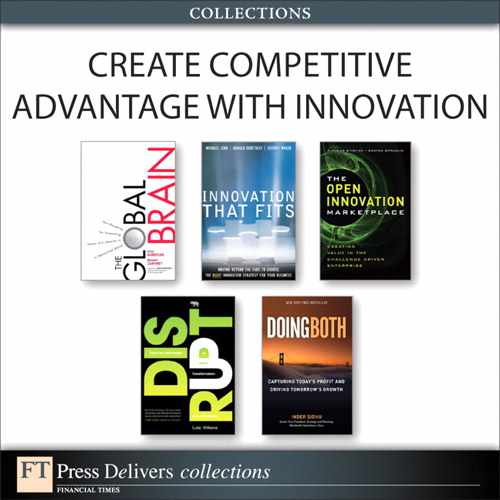Author’s Note to the Reader
I don’t think I have ever seen my mother look so beautiful—or be at such a loss for words.
But there she was, softly sobbing tears of joy 8,000 miles away. Despite the distance, I could see her as clearly as these words of text before your eyes. I remember the individual strands of her hair, the shimmer of her jewelry, and the bright color of her dress. Clearly, she had dressed up for the occasion—her first TelePresence call with her son in America.
My mother, of course, doesn’t understand the video and communications technology that makes it possible for her to sit in a room in New Delhi, India, and see her grandchildren in San Jose, California. All she knows is that with the mere touch of a button, she can interact with her grandchildren in life-sized, living color. That, and the fact that I work for the company that makes it possible: Cisco.
Now 25 years old, Cisco is the world’s largest maker of networking equipment—everything from the router in your home office to the massive systems that power the Internet. We also pioneered TelePresence, the video technology so easy to use that a teary-eyed grandmother can master it, yet so advanced that she can see the gleam in her seven-year-old grandson’s eyes as he shows her his toys from a world away.
Today, Cisco is a global force in technology that generates annual sales approaching $40 billion and employs more than 60,000 employees. Hard to believe, but when I started in 1995, it had less than $2 billion in annual sales and 4,000 employees.
My oldest daughter was born soon after I joined the company. Over the years, I have shared in the ups and downs of my three children and the company alike as each has grown and matured. I held my daughter’s hand as she took her first steps in California and helped Cisco as it made its first forays in China.
While my leadership positions have taken me around the world, they have also given me a unique perspective here at the company’s headquarters. From my seat on Cisco’s operating committee, for example, I participate in key decisions that contribute to Cisco’s successes.
These internal decisions are rewarding, but the lessons I have learned from the ever-changing external environment are equally important. I was there for Cisco’s meteoric rise when it became the most valuable company on the planet during the late-1990s boom years. I also experienced its catastrophic fall in the wake of the 2001 dot-com bust, when revenue dropped by nearly half in a single quarter. As part of the leadership team, I helped the company through its gradual recovery and return to prosperity.
Though excruciating, these experiences have served us well during the recent global recession. Cisco is weathering this storm better than most, due not only to the lessons learned nearly a decade earlier, but also to the pioneering management practices developed since then.
For all of this lore, many of the things that Cisco does to perpetuate its success are not widely practiced or even known outside the company. So I decided to share my perspectives in this book. Call it a story about practitioners, for practitioners, by a practitioner. Whether your company is emerging from a challenging time or growing faster than you ever imagined, I hope that you can benefit from my experiences.
Before I get to how Cisco captures today’s profits and drives tomorrow’s growth, allow me to tell you a little bit more about myself. I was born in India in the 1960s. The son of an army officer and a homemaker from a small town in Punjab, I came to America in the 1980s to continue my education after studying engineering in India. I earned an engineering degree from the University of Massachusetts. From there, I worked as an engineer, first at Intel, then at a small Silicon Valley start-up company through its initial public offering.
I loved engineering, but I wanted to make a substantial impact on the business. And to do so, I would need a finance background. That led me to pursue a Master’s degree in business administration at the Wharton School of Business of the University of Pennsylvania. After Wharton, I worked at the leading management consultancy McKinsey & Company before joining Cisco.
In my 15 years at Cisco, I have run our global professional services business, led worldwide sales and services strategy, helped launch Cisco into emerging countries, and co-led the executive team responsible for the enterprise business that accounts for half of Cisco’s sales. I also built the foundation for some of our first partner programs.
The latter was an especially laborious task that required the renegotiation of more than 800 individual partner contracts. Some days, I wondered if it would have been less tedious to rewrite the U.S. federal tax code.
Today I serve as senior vice president of strategy and planning for worldwide operations, a position that allows me to engage with colleagues from nearly every corner of the company. I am able to work with some of the most remarkable people I have ever met. That includes the very people who are responsible for TelePresence—the technology that brought tears to my mother’s eyes.
Like my mother, I continue to marvel at what Cisco can do.
I can only imagine what the next 15 years will bring.
